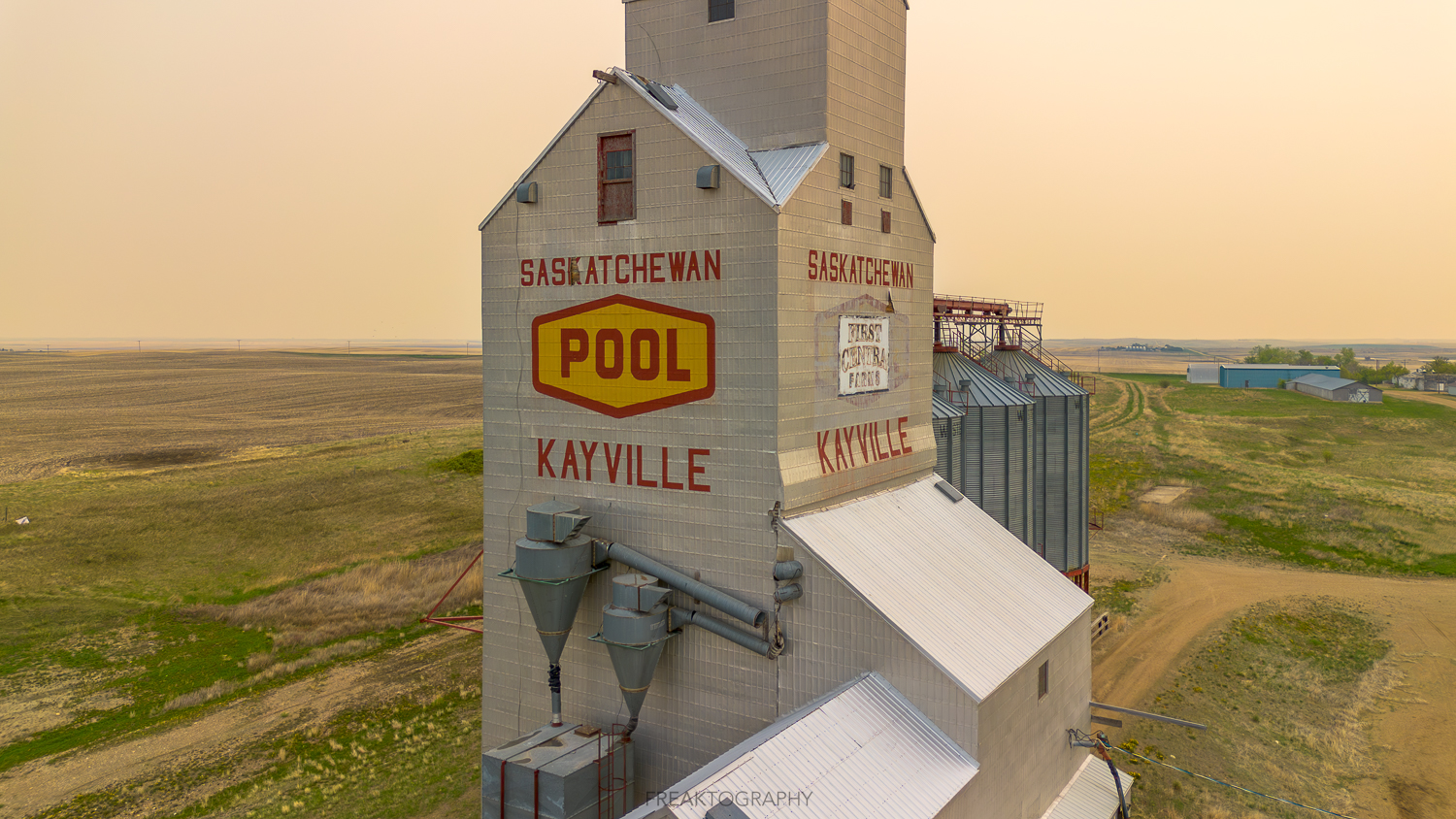Kayville is known to be one of many ghost towns in the province of Saskatchewan because all buildings, schools and most of the homesteads are vacant and no one lives there anymore.
Like other rural towns in Saskatchewan, Kayville has declined dramatically. The farm economy went down and no money to be made, the population dropped, schools closed, the grain elevator shut down, and railway was taken away.
In 1970 the community’s population reached over 100 citizens. Today, the population has dropped drastically to less than 10 residents
Abandoned Kayville Saskatchewan Ghost Town Video
History of the Abandoned Kayville Saskatchewan Ghost Town
Founded in 1905 by Romanian settlers seeking government land under the Dominion Lands Act, Kayville’s name pays homage to its founder, Billie McKay. Combining “Kay” from his surname with “ville,” the community’s name was born.
Initially centered around Main Street, Kayville quickly expanded with homesteads outside the core. By 1906, the first homesteads were established, mainly by farmers and ranchers.
The community’s growth was evident by 1912–1913, boasting a post office and a school. Kayville’s fortunes soared with the arrival of the Canadian Pacific Railway in 1924.
By 1951, Kayville had evolved into an organized hamlet, thriving on agriculture. In 1970, its population exceeded 100 residents. Although the numbers have dwindled to just 10, optimism has returned with buyers from Regina and nearby cities recognizing Kayville’s potential due to its proximity to urban centers.
In 1984, the community constructed a swimming pool and community center, serving as a hub for various events. Despite once hosting a range of businesses, only the post office remains today, with the Kayville Credit Union closing its doors in 2016.
The St. Peter and Paul Church, erected in 1908 by Romanian settlers, stands as a testament to Kayville’s past. It continues to hold services, representing a key part of the town’s heritage and is recognized as a Provincial Heritage Site.
Like many rural Saskatchewan towns, Kayville’s decline mirrored the downturn in the farm economy. Schools closed, the grain elevator ceased operations, and the railway was dismantled, leading to a significant drop in population.
Today, Kayville is one of Saskatchewan’s many ghost towns, with vacant buildings and deserted homesteads painting a poignant picture of its past. Despite its challenges, the spirit of Kayville lives on, buoyed by the hope of a better and more prosperous future.

V sad